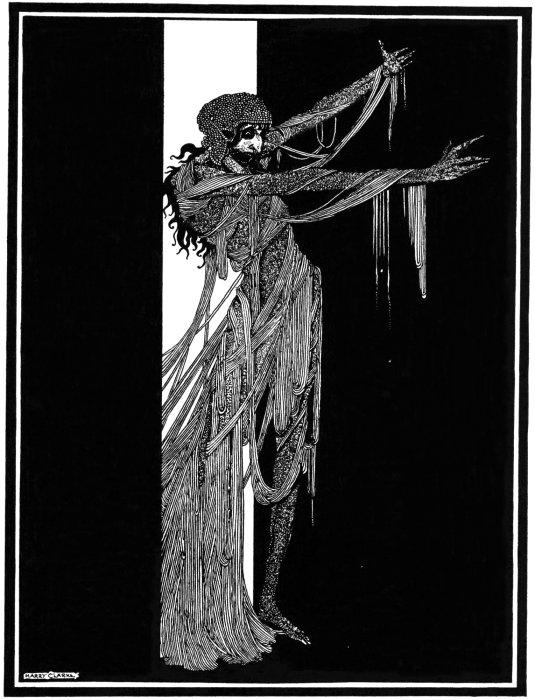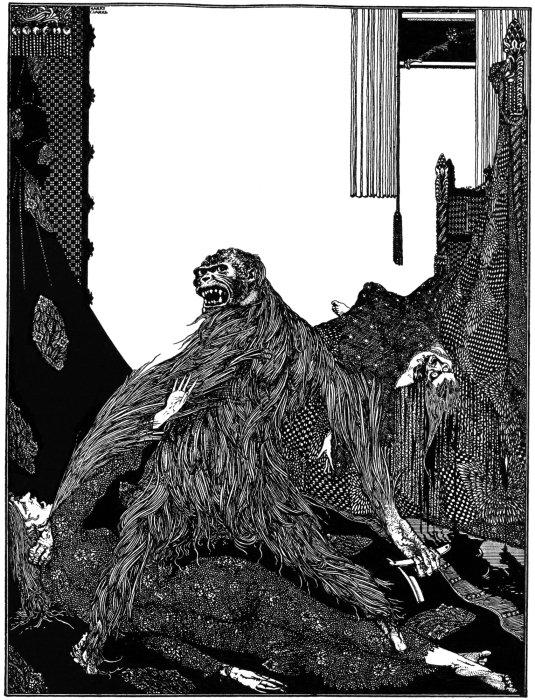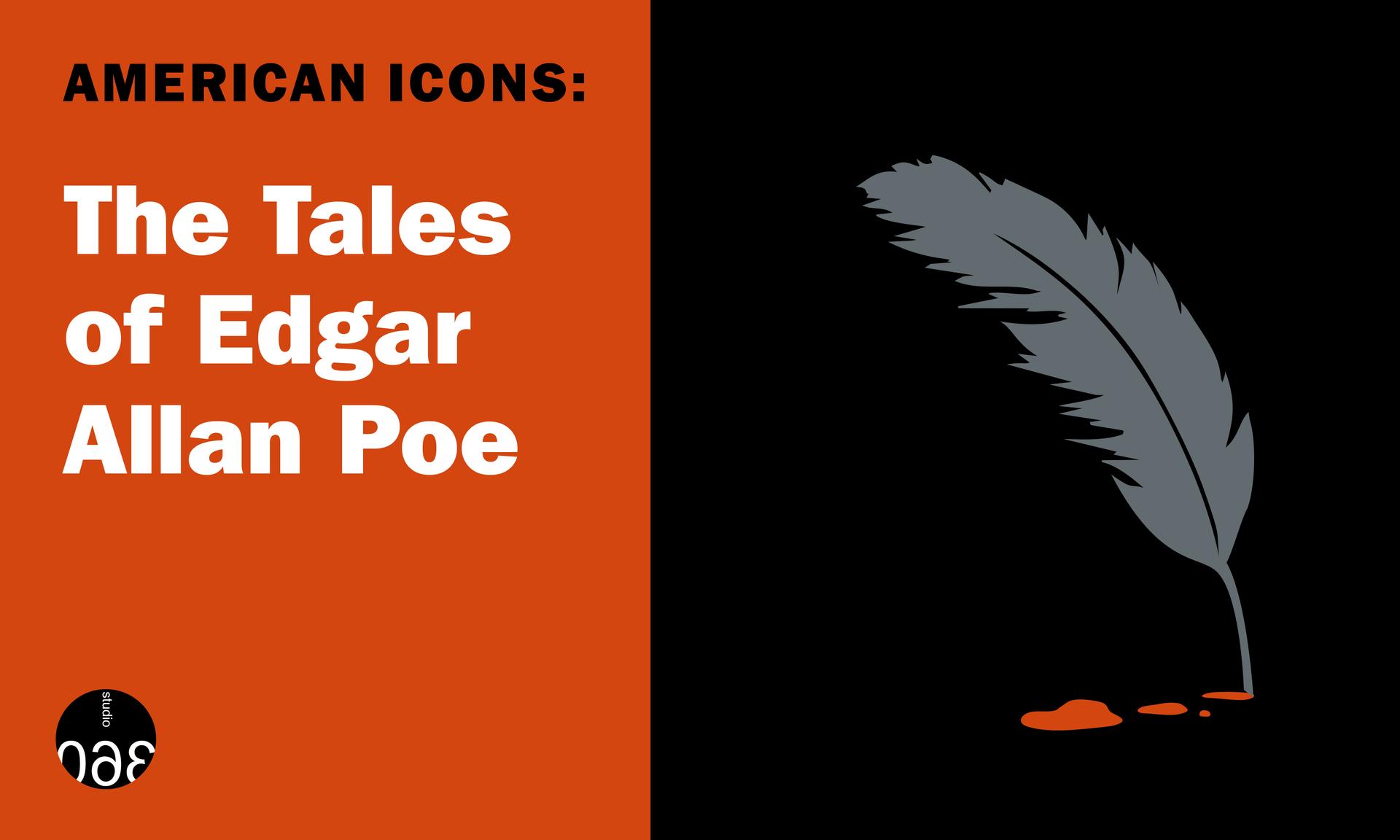American Icons: The tales of Edgar Allan Poe
An icon of American horror.
Edgar Allan Poe’s stories are so familiar they’ve become part of our cultural wallpaper. A raven croaking “nevermore?” An enemy bricked up in a cellar? A heart beating under the floorboards? These images are the stuff of our collective nightmares, but Poe dreamed them all up first.
Poe’s unhappy life supplied many of the obsessions he would return to over and over in his fiction. His mother, an actress, died of tuberculosis before he turned three. She was the first of several young women Poe loved who would die of the disease. In stories like “The Fall of the House of Usher,” Poe imagined beloved women who come back from the grave to exact vengeance.

Poe didn’t invent Gothic horror, but he did invent one of pop culture’s most dominant genres: detective fiction. With “Murders in the Rue Morgue,” Poe had all the elements of the detective formula — the bumbling cops, the uber-rational hero, the bewildered sidekick narrator — 45 years before Conan Doyle wrote his first Sherlock Holmes story.

But Poe also reflected the Antebellum America he lived in. Women in his stories often end up dead, much like in the sensational real-life murder cases which filled the pages of the penny press. And his writing about African American characters is tainted with the prejudice and fear common among whites of his day.
For better and worse, Poe’s themes and obsessions continue to crop up throughout pop culture. He showed us the dark side of the American dream, and that’s something we can’t unsee.
American Icons is made possible by a grant from the National Endowment for the Humanities.
The story you just read is accessible and free to all because thousands of listeners and readers contribute to our nonprofit newsroom. We go deep to bring you the human-centered international reporting that you know you can trust. To do this work and to do it well, we rely on the support of our listeners. If you appreciated our coverage this year, if there was a story that made you pause or a song that moved you, would you consider making a gift to sustain our work through 2024 and beyond?
